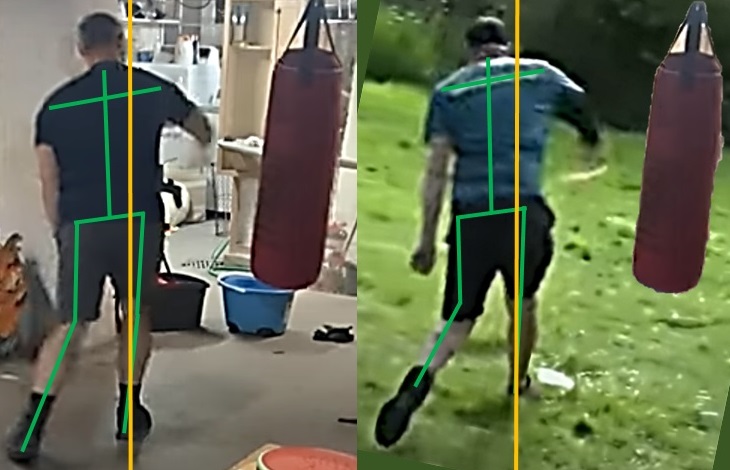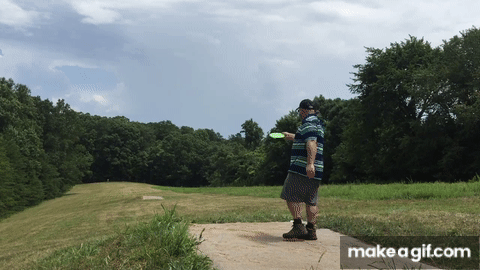I definitely wonder what kind of in-person methods are possible. I think SW22 has laid everything you need out, in the best way I have seen, but you can also watch the videos and get the wrong idea.
I have no idea how to take someone from 400' of power to 550' of power myself. I do have something of an idea of taking people from 250' to 350' though, and it basically comes down to them actually understanding something akin to the closed-shoulder snap drill.
To go back a bit to the original discussion of expectations - this is one of the weird parts of this sport. There is something about the unintuitive nature of a disc golf swing that leads people, including me at first, to see throwing a disc 500' as actual black magic. The difference in a newbie swing and a huge bomber swing are just, incomparable. I think this leads people to think there is too much of a trick to things, and overlook that you have to also be super athletic and explosive to achieve true power.
I think this is why I made actual big progress when I shifted to that more athletic, feel-based paradigm. My expectations have definitely shifted wildly with regards to what I think I need to do to throw hard, and I definitely sympathize with those who are still trying to deliberately hit poses/positions to unlock a secret.
The worse part of in person teaching is the amount of times you gotta watch somebody suck to catch that "thing" vs a video where you can repeat, slow down and what not.
Ball golf, i can watch you hit 1 or 2 balls and make a small correction that makes a huge difference. In disc golf I have to watch you throw 4 or 5 discs badly to catch even what the major mistake is, then watch you throw a few more times to see what's causing that mistake based on all the pieces of the puzzle that could cause it. It's absolutely frustrating to give lessons in person sometimes.
But then other times its super super easy. Most people want to just play the game, and that also makes it super hard for instruction. Unlike ball golf your clubs stay with you, you dont have to go pick them all up randomly and worry about forgetting them.
The balls are collected by somebody else and viola, win win win.
This is why net throwing should be a bit more of a thing. I can invite people over if they really really want to learn and have them throw in my shop into the net and record them right there and we can review it in real time and make corrections. This really is the best way you can teach in person by using all the tools about it.
As for pushing somebody to higher levels of power, I've gotten a few guys over 500, and 2 over 600.
But 90% of that was them, 10% of it was me. They worked on their form, they asked for help, they cleaned it up. They were hungry to smash, and omg can they smash. And its frustrating, cause I don't have the mentality to sit there and do that. The one guy would throw 500 or so discs into a blanket and keep recording and correcting and recording and correcting, and it got to the point where he was teaching me things whenever he had a breakthrough cause he just went full ham on learning. (He's slightly autistic also, so different focus level than us plebs)
The biggest things in a newbie swing to a bomber swing are this.
If you wanna look at it in more "pure forms" vs "throw disc hard go far."
The people who have learned to throw far have learned to maxamize their bodies potential into their levers and keep the nose down and control the angles of the disc coming out of their hand.
They have learned exactly when to engage the arm during the throw as well to add in the extra.
I think people want an easy solution a lot of times and feeling out the basics of the swing is easy, and you can teach people to a point, and help them clean up stuff. But that final secret sauce. The fast twitch muscles, and engaging them at the right time to stack mechanics over and over again to gain maximum leverage and maximum exit velocity, that stuff isn't really teachable to a certain extent if you ask me. You can guide people to it, but they have to be able to feel it out and learn and want to learn.
And on top of ALL those things, which I struggle with this one, is to not go into bad habbits.
Where I'll want to try for distance and. hahahaha. form, hahahahaha. Lets hulk smash this.
oh boy, now my shoulder hurts. great.


